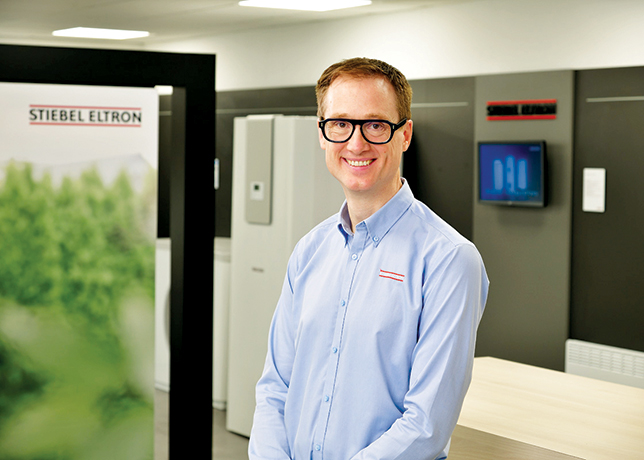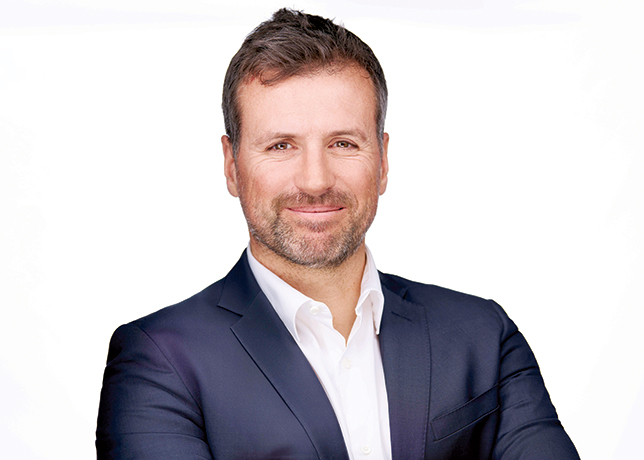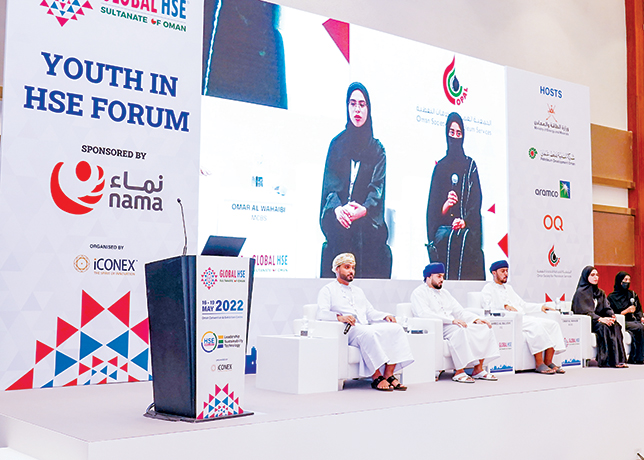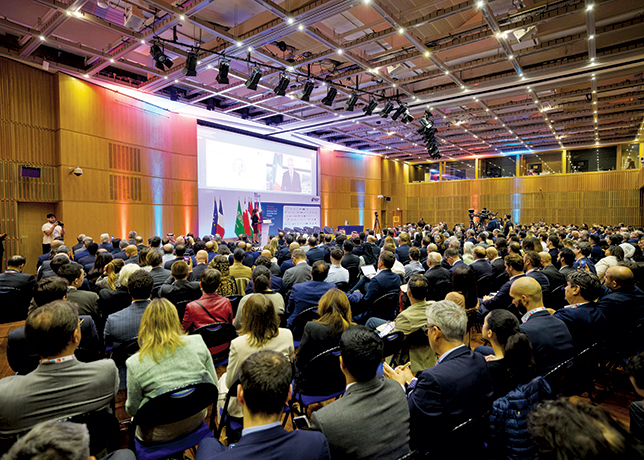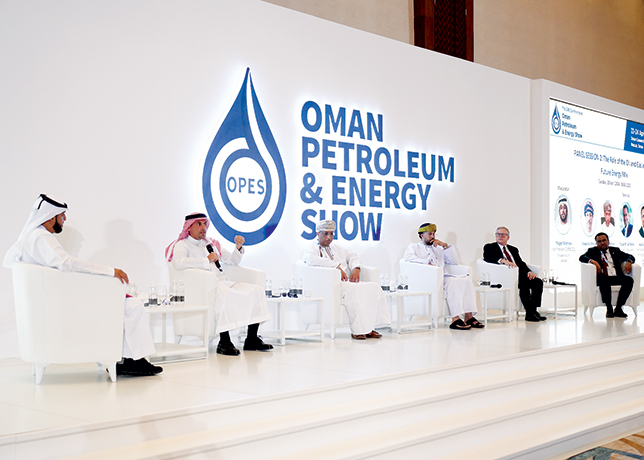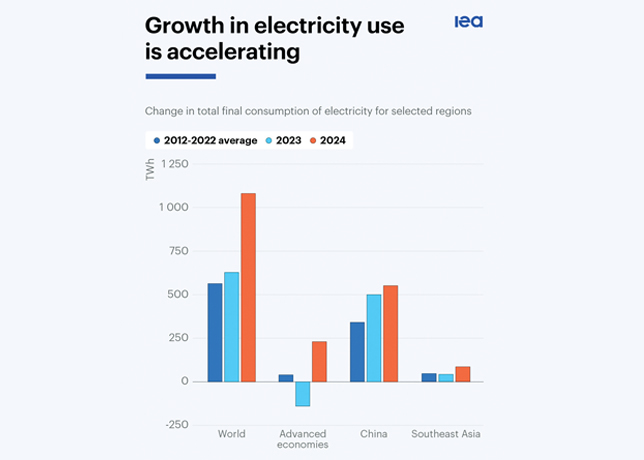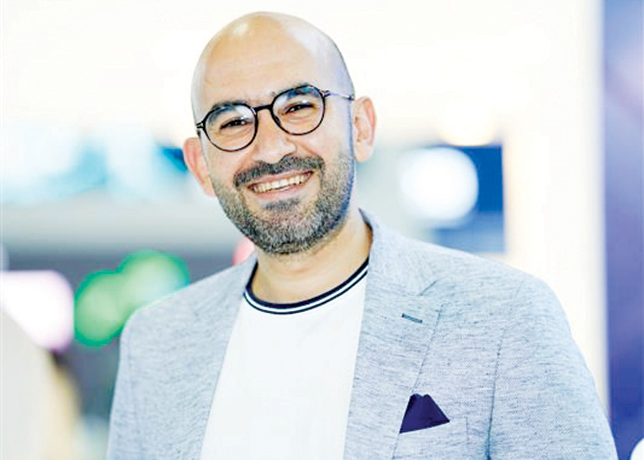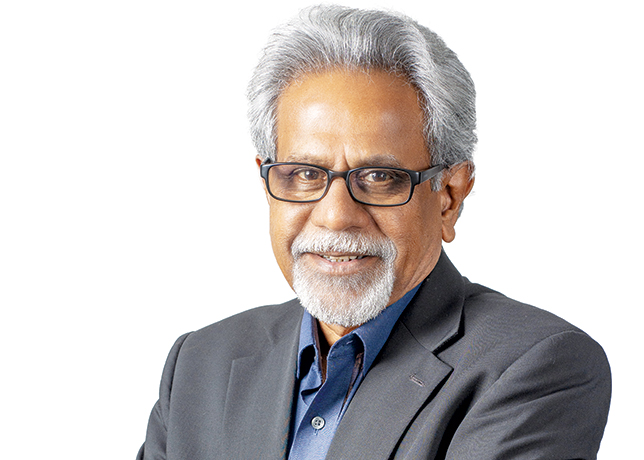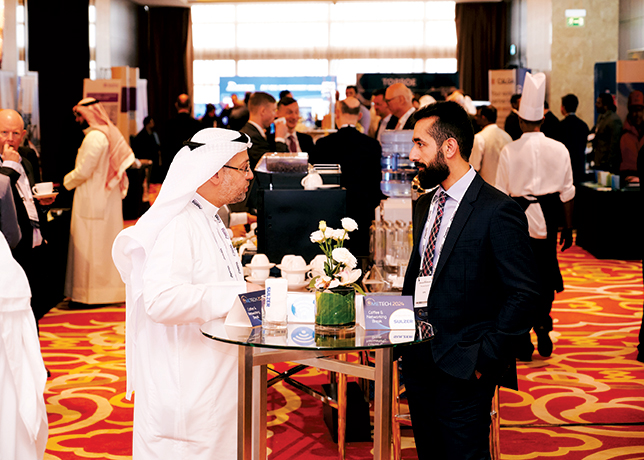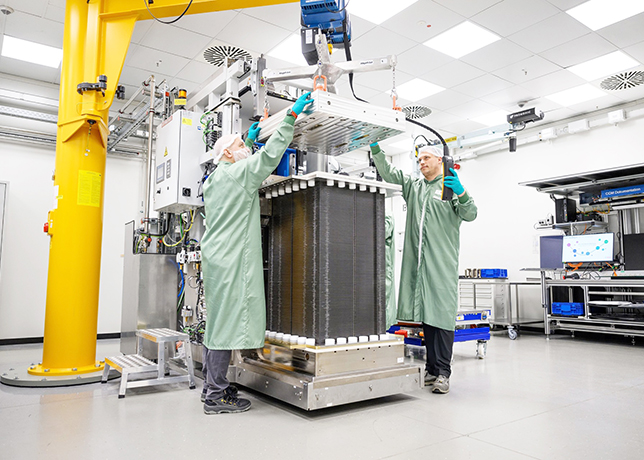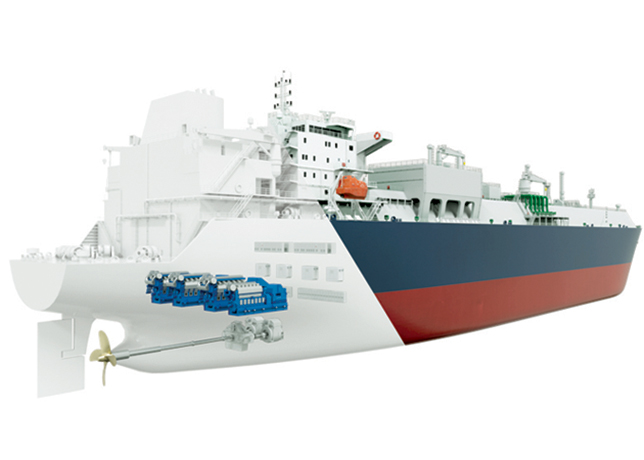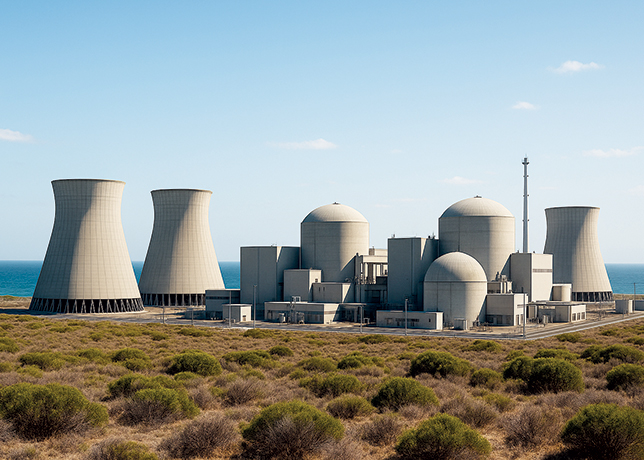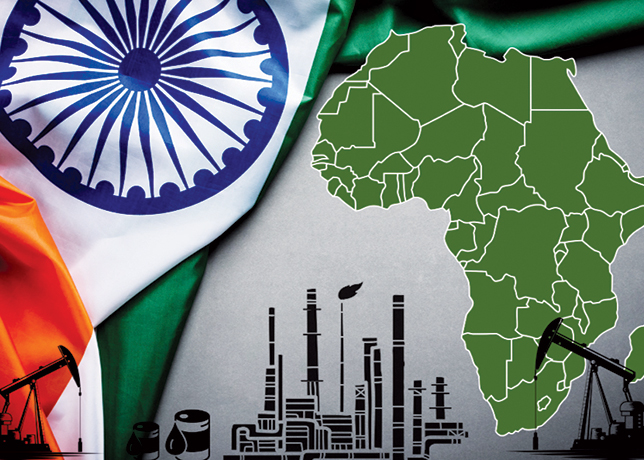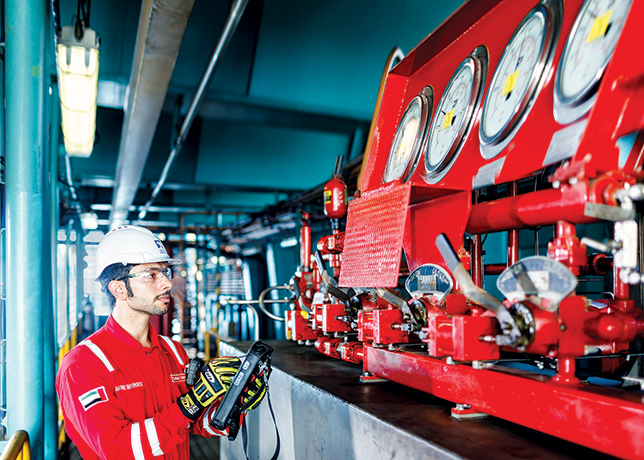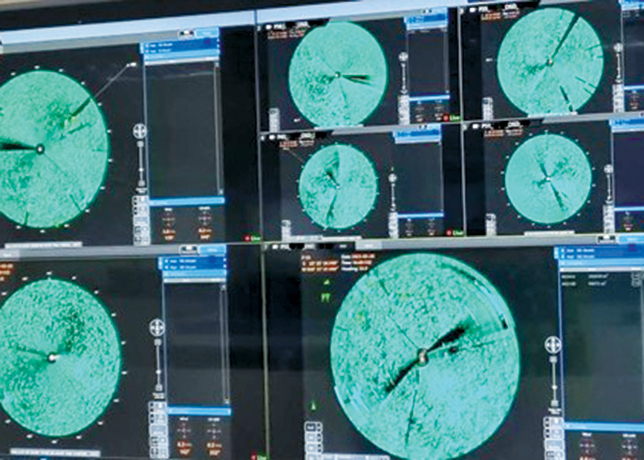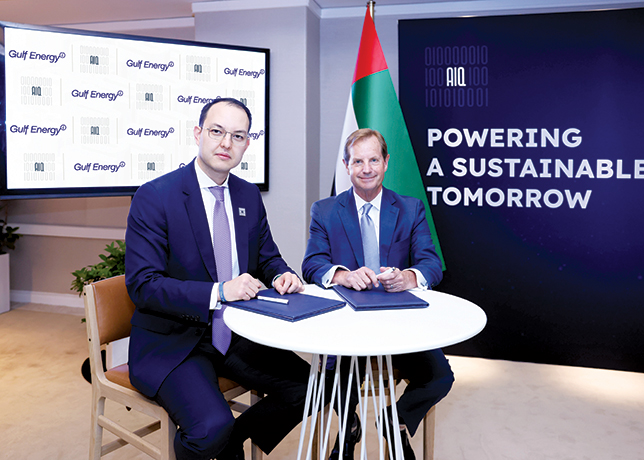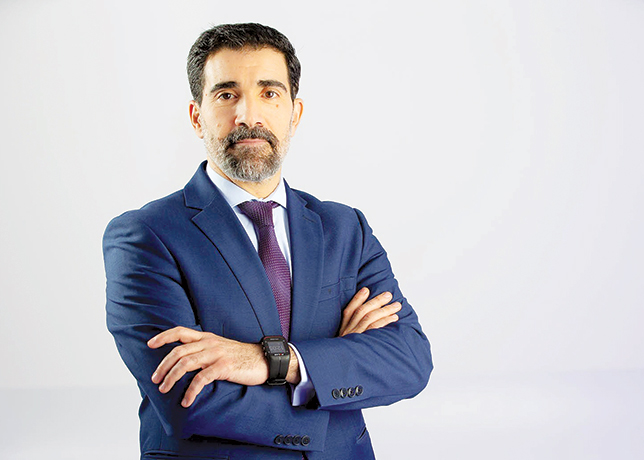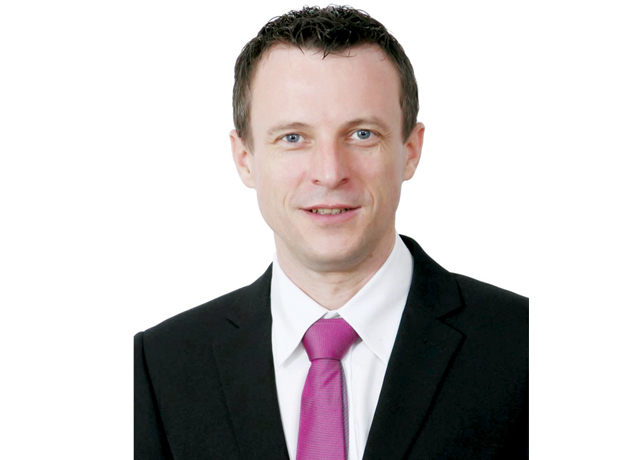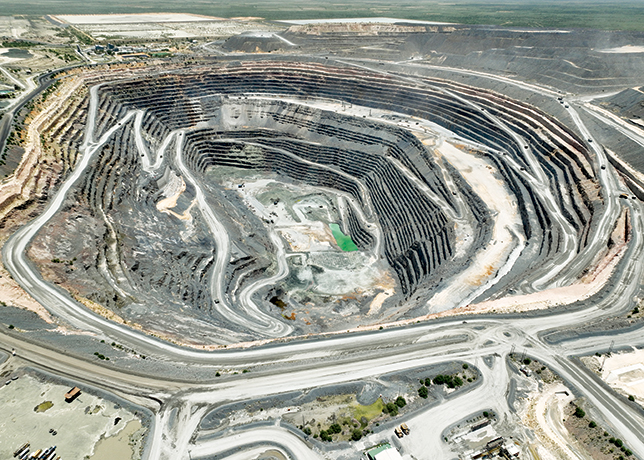
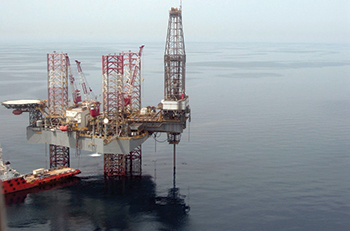 Aramco used a record high 210 rigs in 2014
Aramco used a record high 210 rigs in 2014
The Opec giant is looking beyond the halving of global oil prices since June 2014 to a time when crude could again be in short supply
As the global energy industry stares transfixed at a spectacular drop in US rigs, Saudi Arabia is ramping up the number of machines drilling for oil and gas despite a sharp fall in the price of crude.
Industry sources and analysts say the Opec giant is looking beyond the halving of global oil prices since June 2014 to a time when crude could again be in short supply. Riyadh is therefore keen to preserve what is known as its spare capacity "the kingdom’s unique ability to raise oil output quickly at any given moment.
But to achieve that, Saudi Arabia has to drill much more than in the past, after boosting output to record levels to compensate for global supply outages in the past four years.
State oil giant Saudi Aramco used a record-high 210 oil and gas rigs in 2014, up from around 150 in 2013, 140 in 2012 and 100 in 2011, according to previous industry estimates.
Aramco’s senior vice-president for upstream operations Amin Nasser said this month his firm had yet to decide whether to increase the rig number in 2015 from the 212 currently in use. But data shows the numbers are still rising. Excluding non-US-registered rigs such as Chinese or Russian, February 2015 saw a total Saudi rig count of 155, up from 150 in January and 146 in December, according to data from Opec and US oil services company Baker Hughes. Since 2010, the number of US-registered rigs has doubled from 67.
Sadad Al Husseini, a former senior executive at Aramco and now an energy consultant, said the rise in the Saudi oil rig count had been evolving over a long period. "You need to drill more wells if you are producing 10 million barrels per day (bpd) and maintaining your spare capacity," he said.
"It is also a natural phenomenon in the oil business, that the more you produce, the more you deplete your reserves and the more rapidly your field capacity declines. You need to drill more wells more frequently, simply to maintain production capacity."
In 2008, Oil Minister Ali Al Naimi said production capacity would rise to 15 million bpd from 12.5 million but the plan was put on hold after the global financial meltdown of late 2008 saw oil plunge below $40 a barrel.



